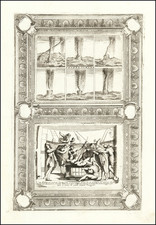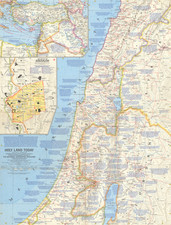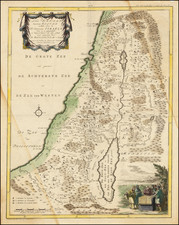Biblical Isreal and Mythological Greece
An engraving from the Nuremberg Chronicle relating the history of Saul, the first king of Isreal, and Odysseus, the hero of the Greek epic the Oddessey.
The first set of engravings features prominent figures from the Book of Judges such as Ibzan, Abyalon, Abdon, and Saul. All figures are depicted wearing contemporary European dress. The three judges are illustrated as monastic and scholarly while Saul appears to be wearing a doublet and crown of a Western monarch.
Contrasting the Biblical theme above, the other engraving features an illustration from The Oddessy. This scene shows Odysseus (Latinized as "Ulixes") as he sails by the island of the goddess Circe. According to myth, Circe enchanted Odysseus's crew, turning them into swine (or various animals depending on the translation) which explains the animal-human hybrids onboard. Similar to the previous engraving, this scene is somewhat anachronistic, notably replacing the iconic triamine of Classical Greece with a contemporary European vessel.
This engraving was published in 1493 by Hartmann Schedel for the Nuremberg Chronicle (Liber Chronicarum). The fusion of Biblical and Classical themes in the work is a fine example of Renaissance art and literature of this period. A nice piece of literary and religious history that shows the advancement of Europe into the Early Modern era.
Hartmann Schedel (1440-1514) was a physician, book collector, and writer whose most famous work, the Liber Chronicarum (Nuremberg Chronicle), included some of the first printed views of many cities in Europe and across the world.
Schedel was born and died in Nuremberg, but he also traveled for his education. From 1456 to 1463 he lived in Leipzig, where he attended the University of Leipzig and earned his MA. From there he went to Padua, where he earned a Doctor of Medicine in 1466. After university, he worked for a time in Nördlingen and then returned to Nuremberg. In 1482 he was elected a member of the Great Council of Nuremberg.
The Chronicle was published in 1493. Besides this major work, one of Schedel’s most enduring legacies is his magnificent manuscript and printed book collection, one of the largest of the fifteenth century. In 1552, Schedel's grandson, Melchior Schedel, sold about 370 manuscripts and 600 printed works from Hartmann Schedel's library to Johann Jakob Fugger. Fugger later sold his library to Duke Albert V of Bavaria in 1571. This library is now mostly preserved in the Bayerische Staasbibliothek in Munich.
Among the surviving portions of Schedel's library are the records for the publication of the Chronicle, including Schedel's contract with Anton Koberger for the publication of the work and the financing of the work by Sebald Schreyer and Sebastian Kammermeister, as well as the contracts with Wohlgemut and Pleydenwurff for the original artworks and engravings. The collection also includes original manuscript copies of the work in Latin and German.









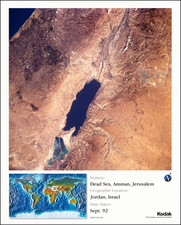
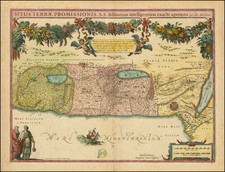
![[Historical Time Line Map -- Creation To 100 AD] Tableau de L'Histoire Sainte Depuis La Creation du monde jusqu'a la dispersion du Juifs . . .](https://storage.googleapis.com/raremaps/img/small/82069.jpg)
